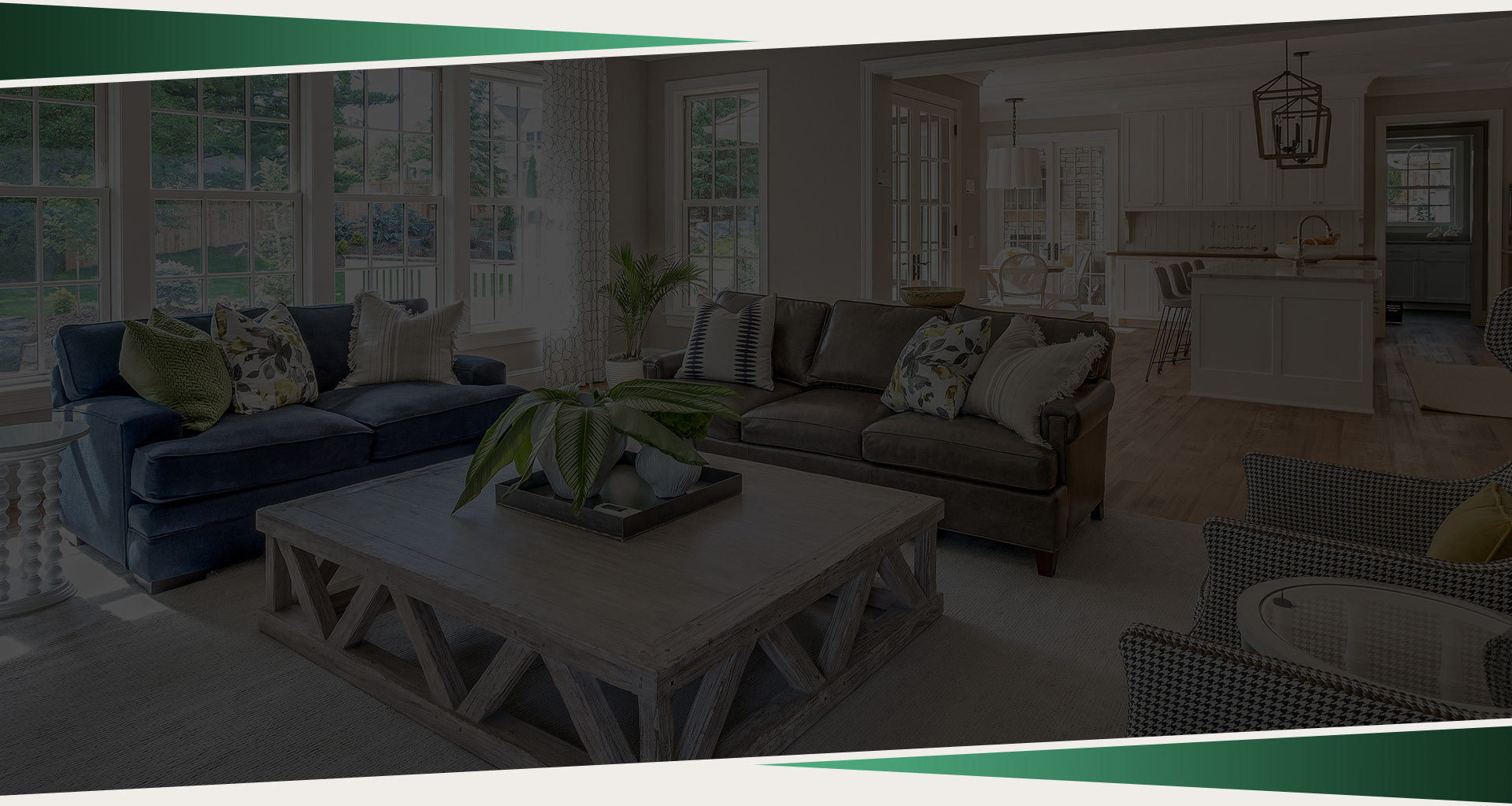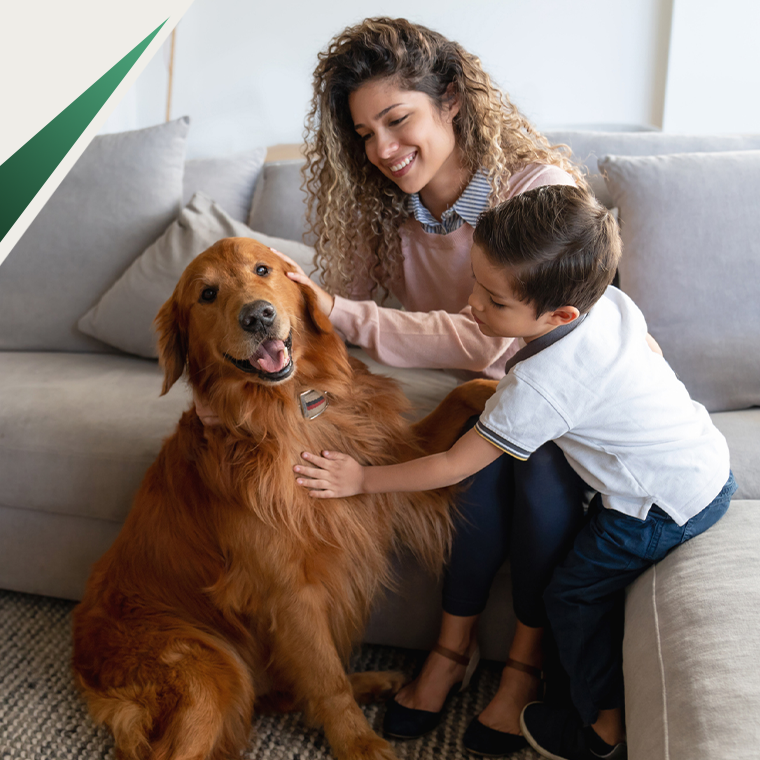
Termite Treatment Plans
Defend and Stop Termites in Their Tracks
Our Termite Treatment Plans stop termites in their tracks. Once they’re gone, you’ll never pay for termite treatments as long as you keep your plan. Our extended service contracts allow you to defend your home for years to come. Kilter Termite and Pest Control Defense components of KILGUARD offer a termite defense to both types of termites.
Protect Against Future Infestations
A combination of KILGUARD Components and Extended Service Contracts will protect your home for years not just days. After KILGUARD has been installed, we will inspect your home once a year maintaining the barrier left by the KILGUARD System ensuring that you will get total protection from both termites. Once installed Termites Cannot return to the Protected Areas, our annual inspections under the Extended Service Contract with catch any deterioration of the product and the technician will reinstall any components ensuring your KILGUARD Barrier stays effective long term.
Our Extended Service Contracts can uncover barrier breakdowns early, enabling installation of the proper components so you don’t have to worry about termites returning. The combination of the KILGUARD system and annual inspections under the Extended Service Contract ensures your KILGUARD System stays protecting your home well after we are done with the installation. KILGUARD is meant to keep you in your home without having to deal with odors, bagging up of food or medicine.
KILGUARD
The strategically installed KILGUARD components target subterranean termites and dry wood termites. KILGUARD will defend your home and ensure you’re not hit with any of the Southern California termites again. Our Subterranean Termite Component of KILGUARD eliminates subterranean termite colonies and keeps them from invading again. Our dry wood termite component of the KILGUARD process is a complete home treatment and effective for quick eradication of your dry wood termite problem without having to leave your home.
Learn More About Kilter Termite Inspections
A FREE Kilter termite inspection is the first step to protecting your home from termites. During a termite inspection, a trained Kilter specialist will thoroughly inspect your home for any signs of termites and identify potential access points. They will work with you to keep your home termite-free and save you from the expensive wood damage repair costs normally associated with termite control.

What Your Neighbors Are Saying
About the Quality Kitler Provides
-
"I would so recommend this business to others."I am thankful for Kilter Termite & Pest Control for taking care of the pests in our old home- Stephen T.
-
"Awesome experience!"5 Stars to Dillan! Well deserved!- Nancy R.
-
"Courteous and worked very efficiently"They were courteous and worked very efficiently while being careful with my property. They cleaned up after finishing the job. I am very pleased with the job they did!- Shari M.
-
"Very impressed. highly recommended"I am very happy with the service Kilter provided for my business.- Jenn M.
-
"Great Customer Service & Professional Staff!"The quality of the work done was OUTSTANDING! Thank you, KILTER Termite & Pest Control Team!- Shared V.
-
"I would recommend Kilter Termite for all your needs."We've had an annual contract for over 25 years. I'll always trust my home to Kilter.- Beth Bermudez
-
"Work was done for some time and the result was amazing!"Due to their good name and reputation, I opt to choose Kilter to help us with our termite problem.- Brenda H.
-
"Quick, thorough, and respectful."They did a great job and left the place clean after their work.- Jack D.
Know the Enemy: Termites

Subterranean Termites
This type builds its colonies underground. They need contact with soil to maintain their moisture levels. A regular source of moisture is critical to a subterranean colony’s survival. Subterranean termites are the most common type in the United States. There are numerous species of subterranean termites – one of the most aggressive and destructive species is the Western Subterranean Termite found in Southern California.
Drywood Termites

This type colonizes in wood above ground. Unlike subterranean termites, they don’t need contact with soil to survive. Drywood termite soldiers have large mandibles (mouthparts) with teeth and their pronotum is as wide, or wider, than the head. Most drywood termite soldiers and workers are larger than the soldiers and workers in subterranean termite colonies. Alates, or swarmers, have two sets of wings. The front set of wings has a pattern of three or more heavy, well-pigmented veins in the outer part of that front wing. Also, swarmers shed their wings very quickly after swarming, so most all dead swarmer bodi6es do not have attached wings.

Dampwood Termites
This type typically lives in damp and decaying wood. They require regular contact with water as well as a high humidity level to survive. Dampwood termites are the largest in size of the three types.











